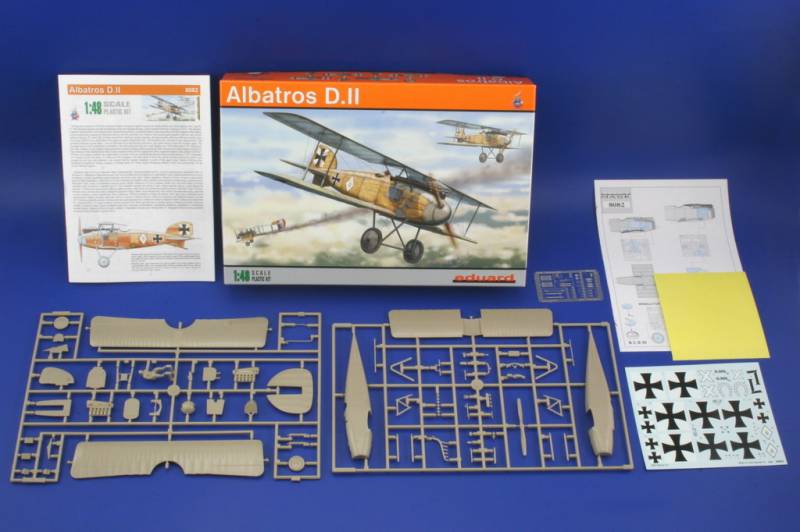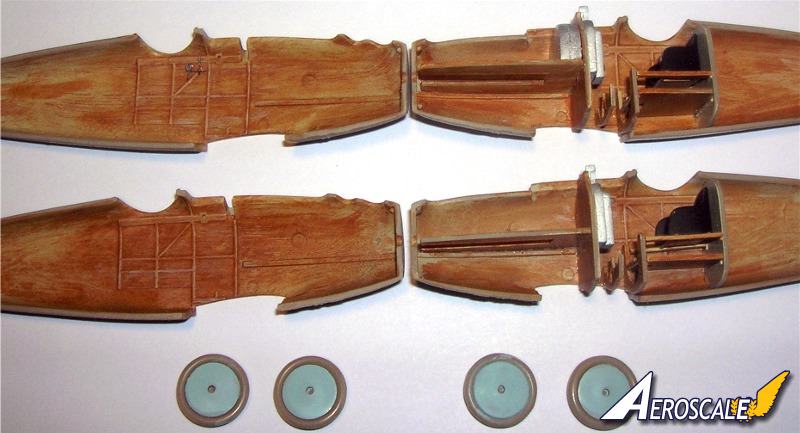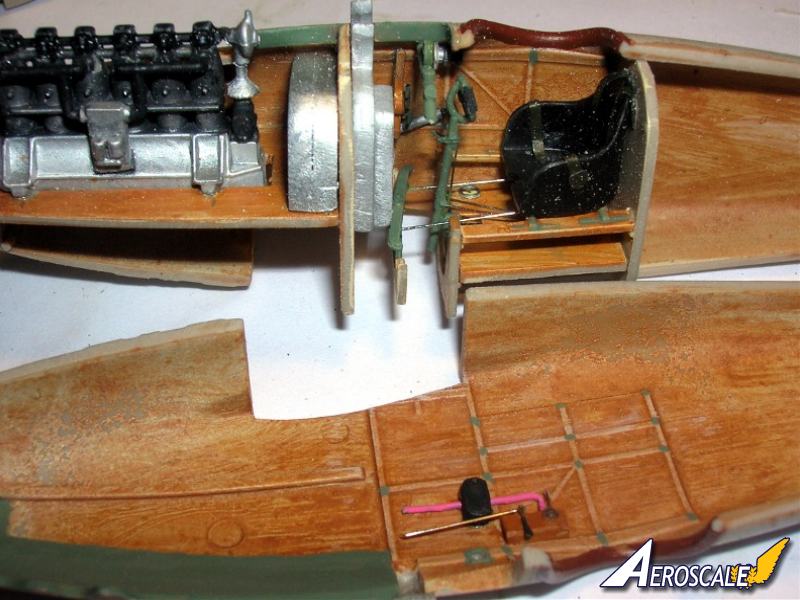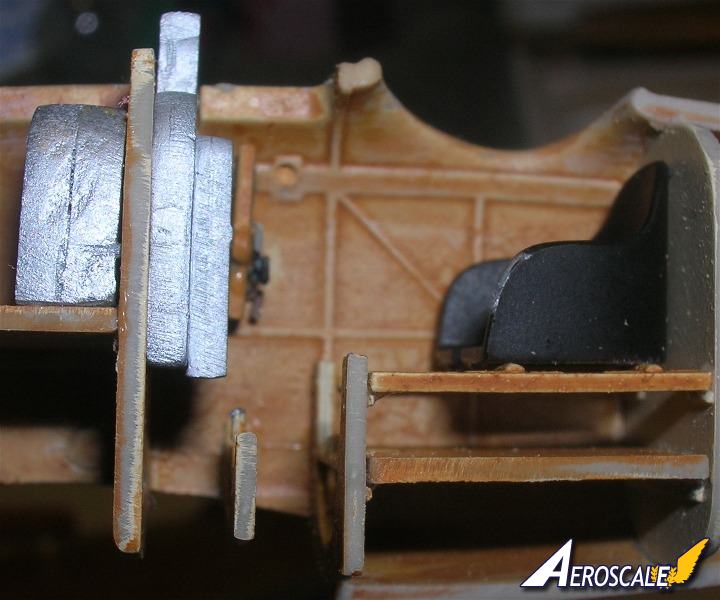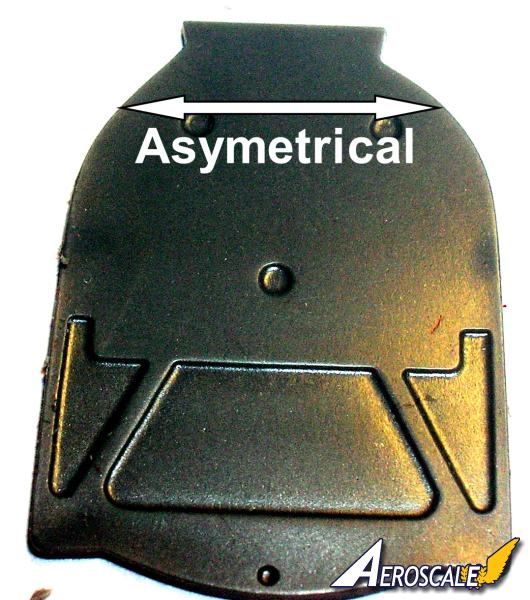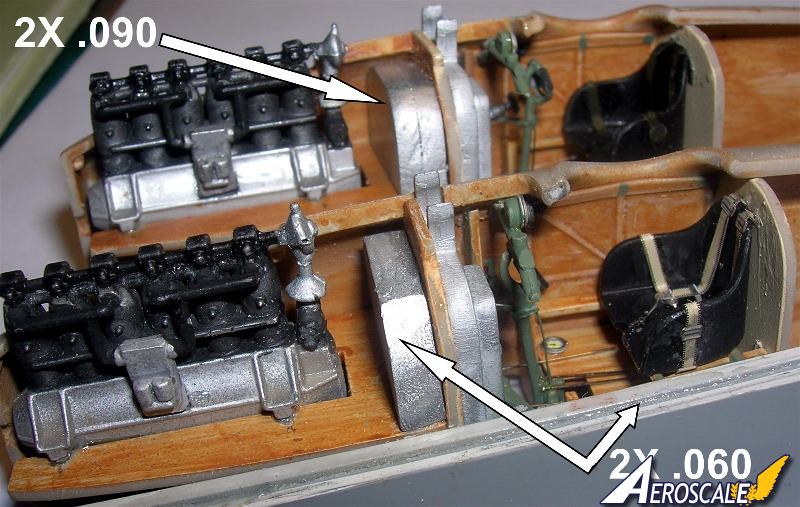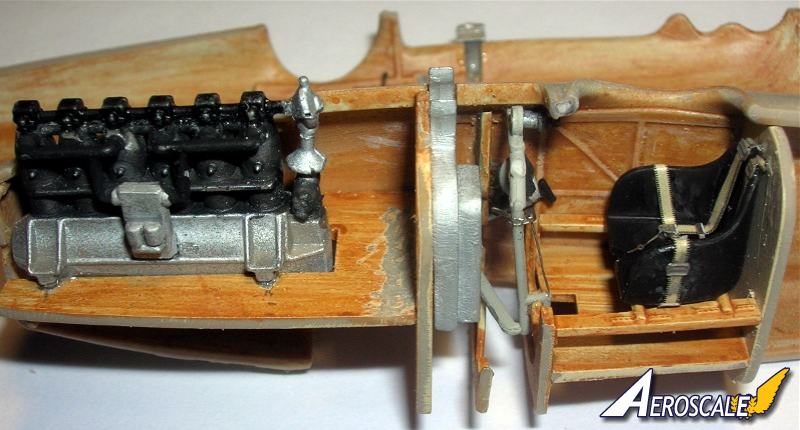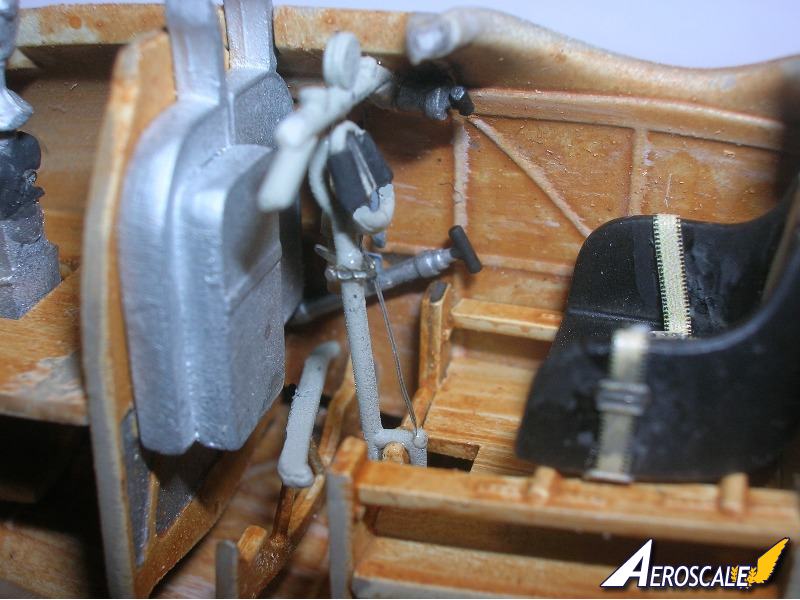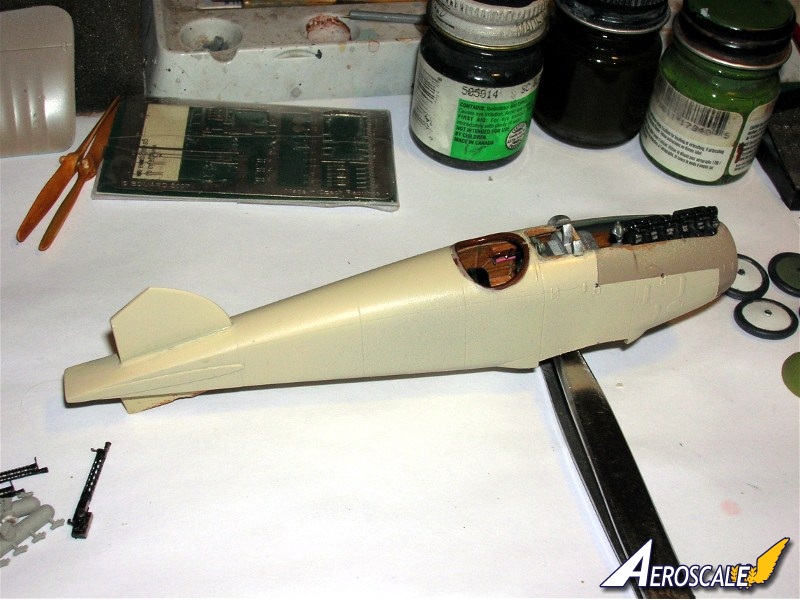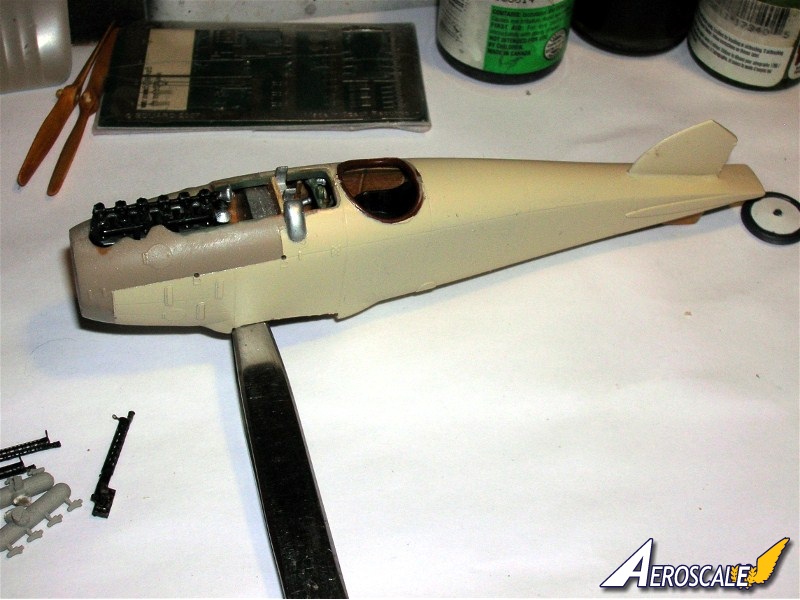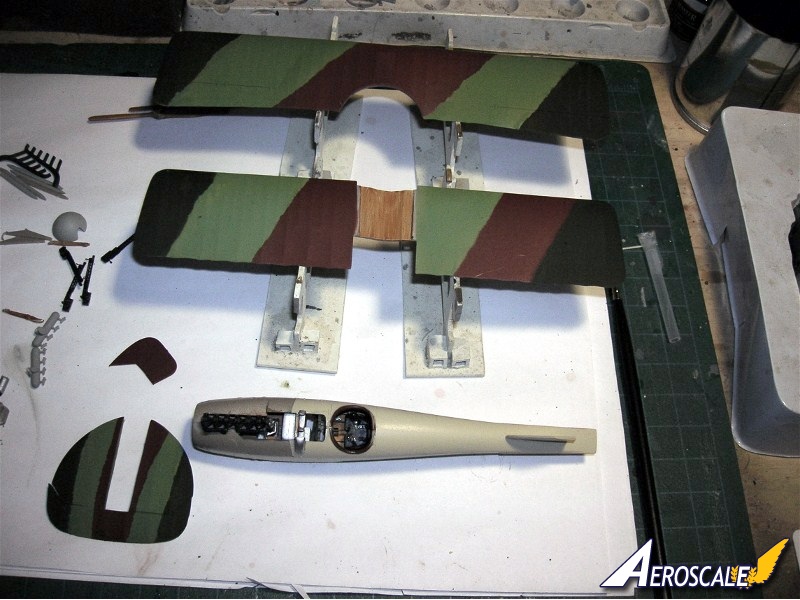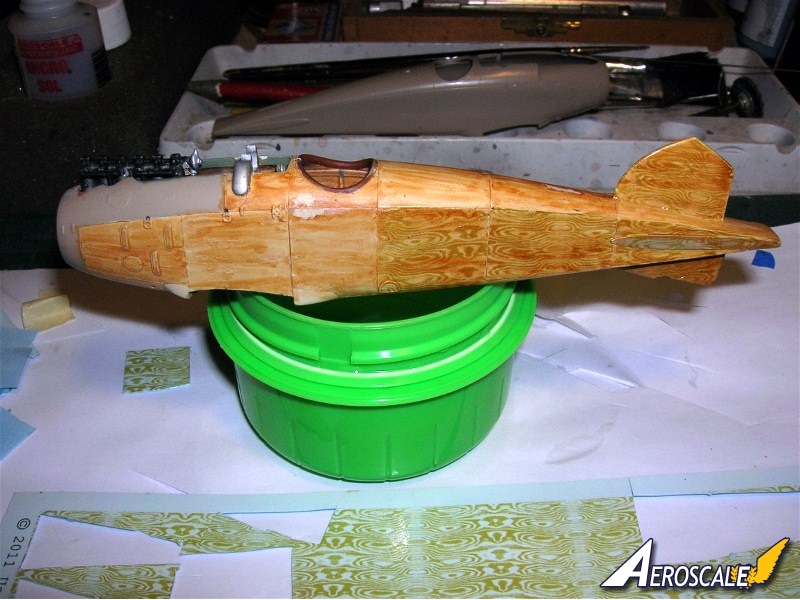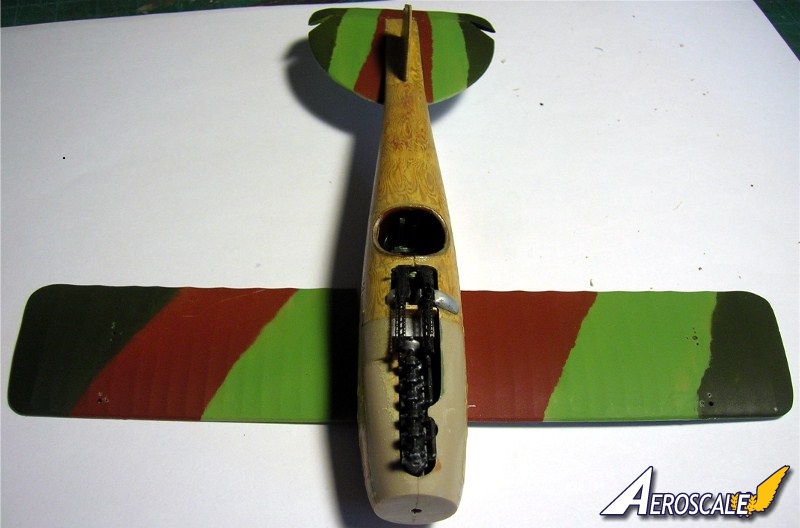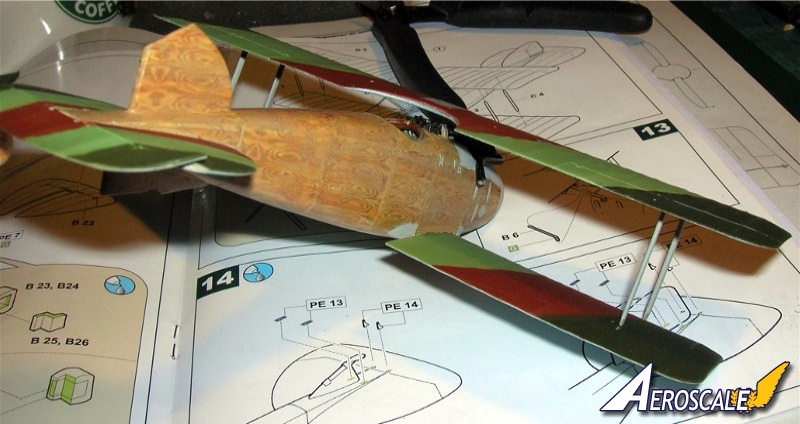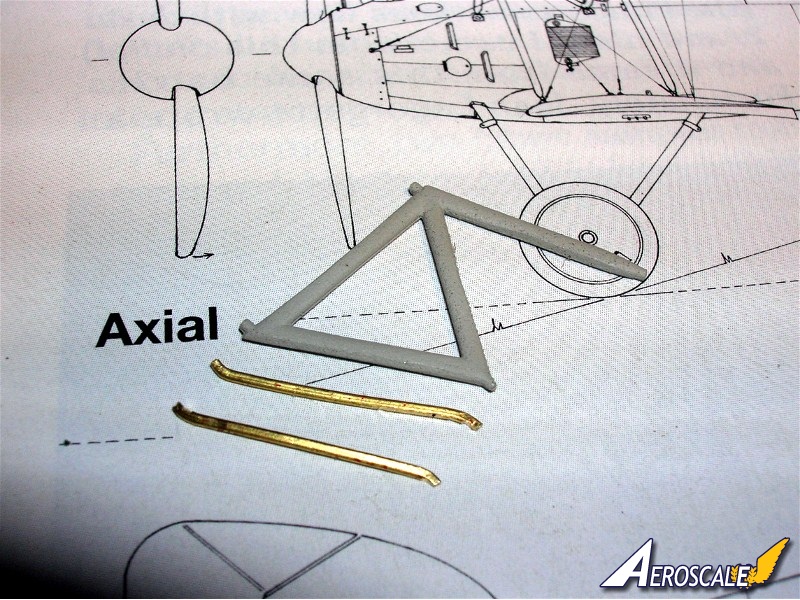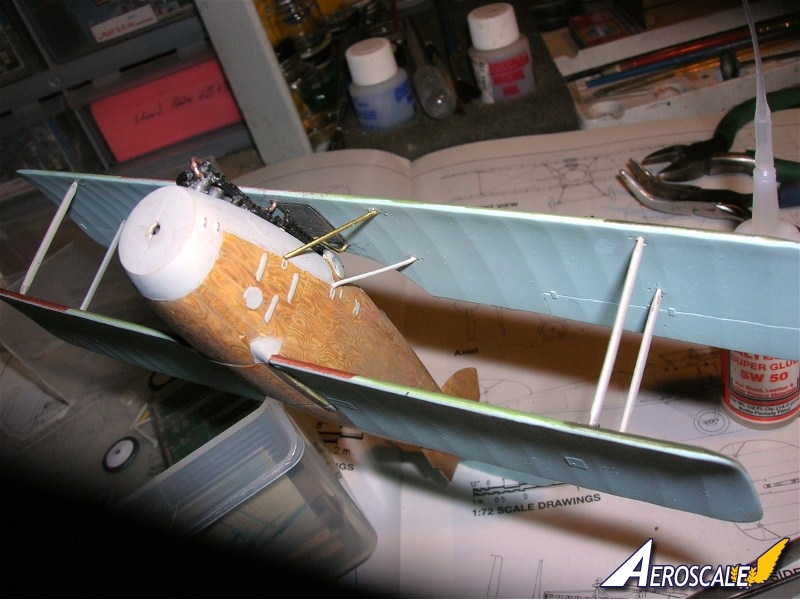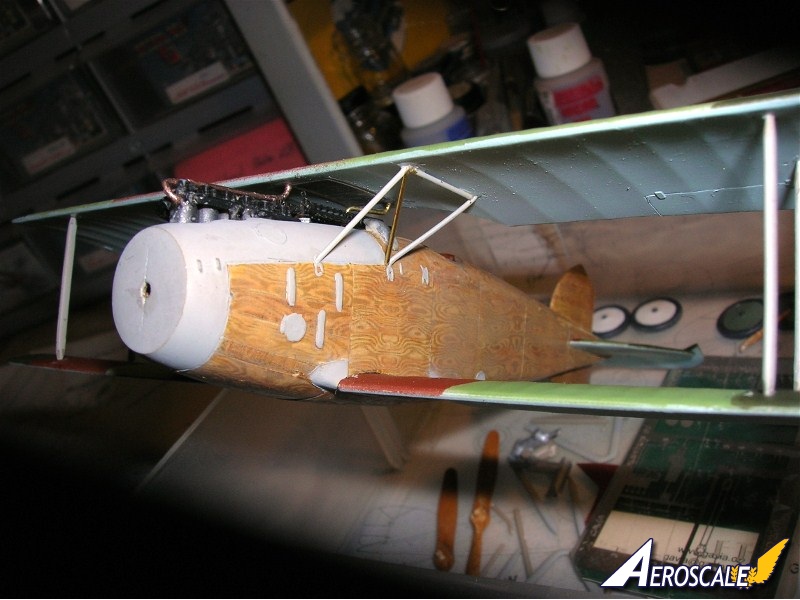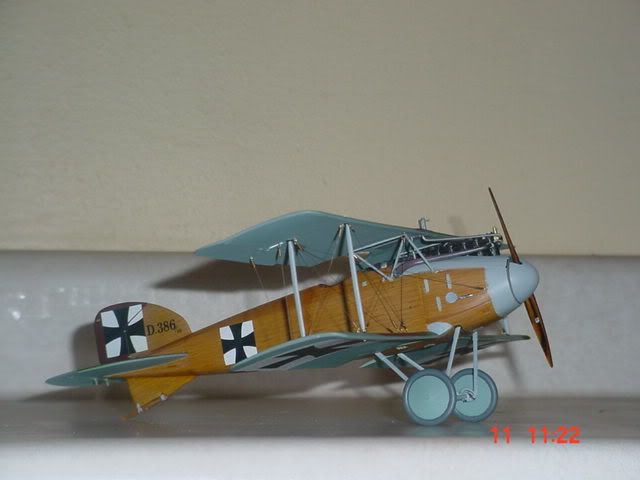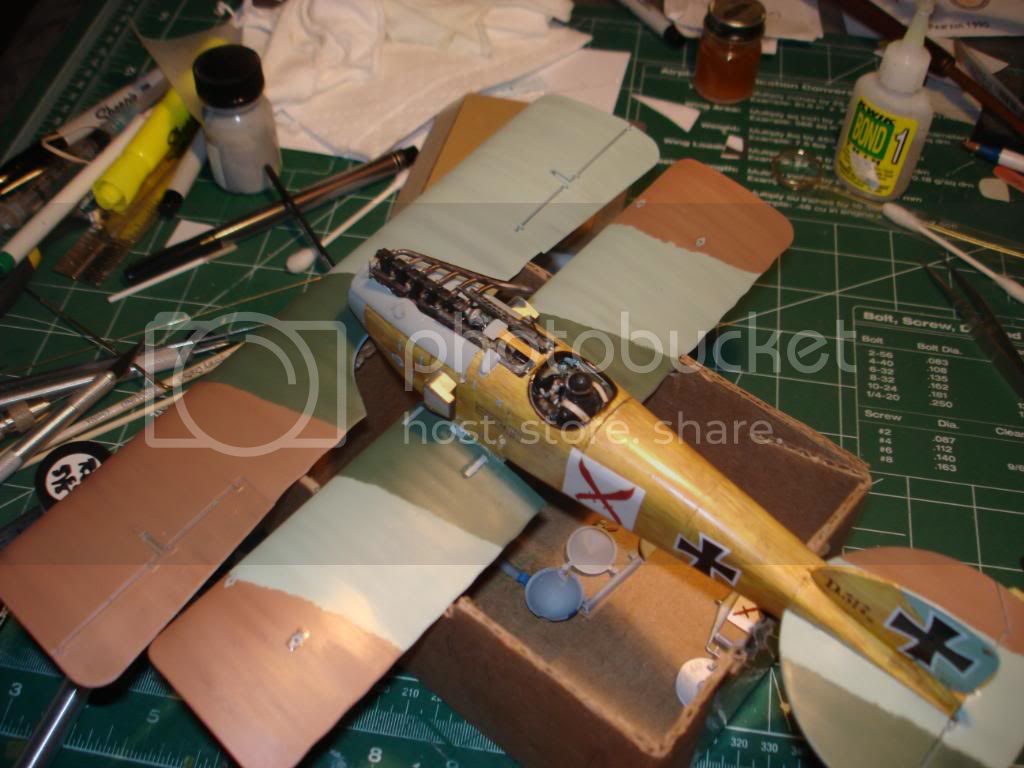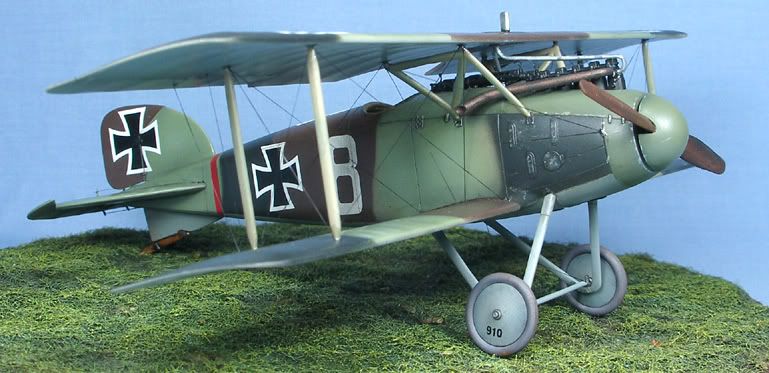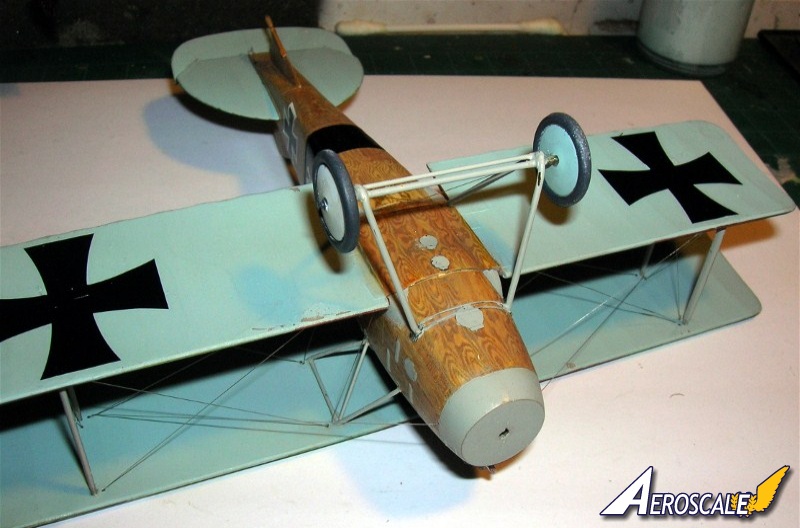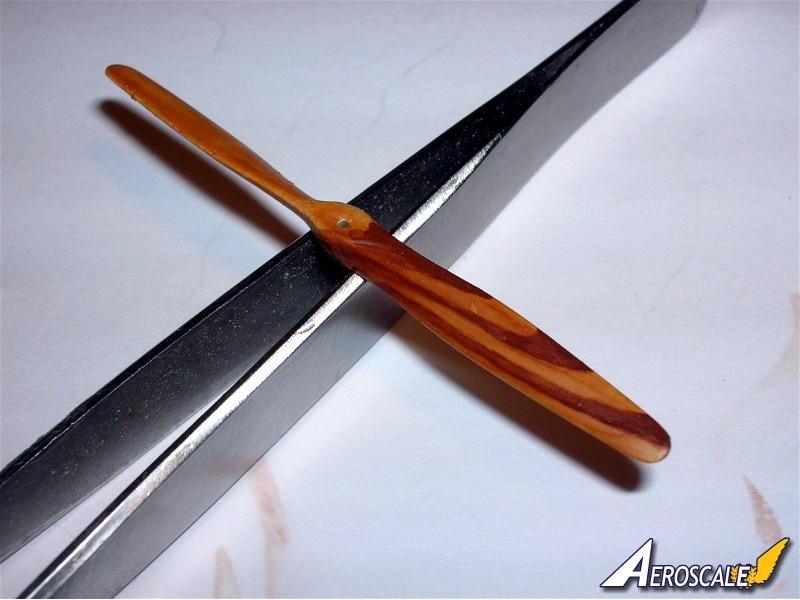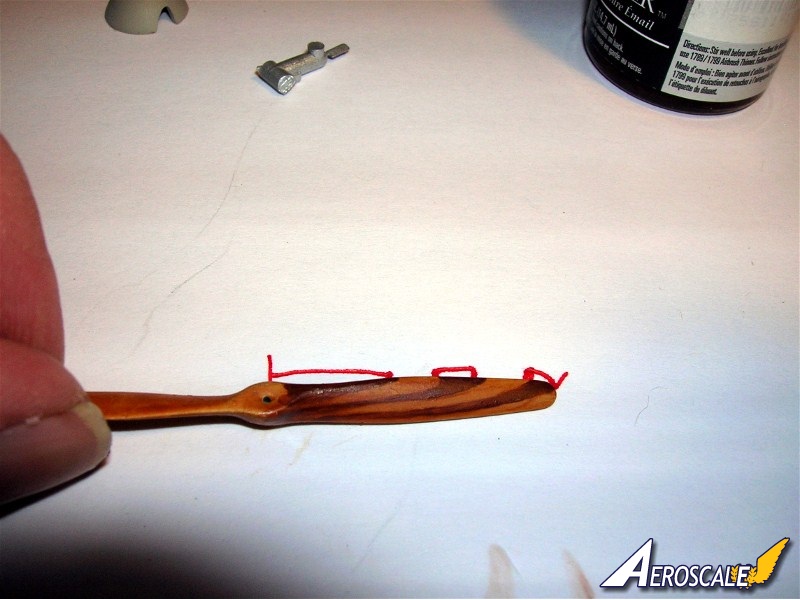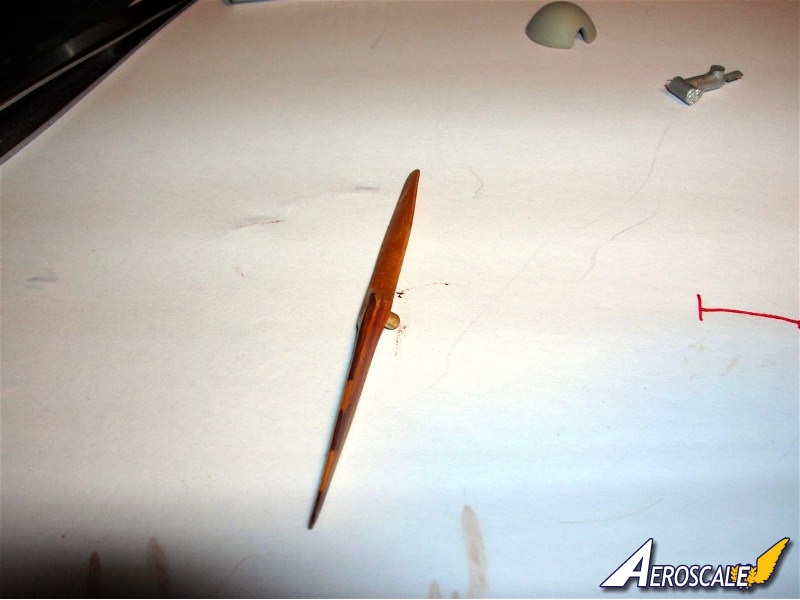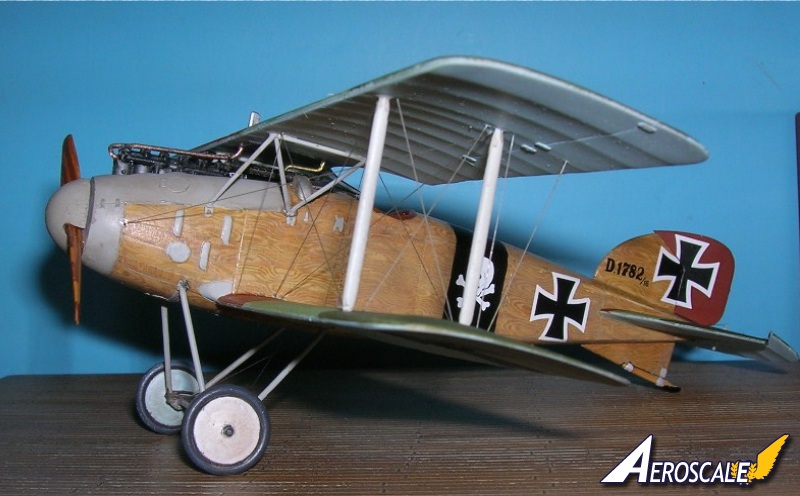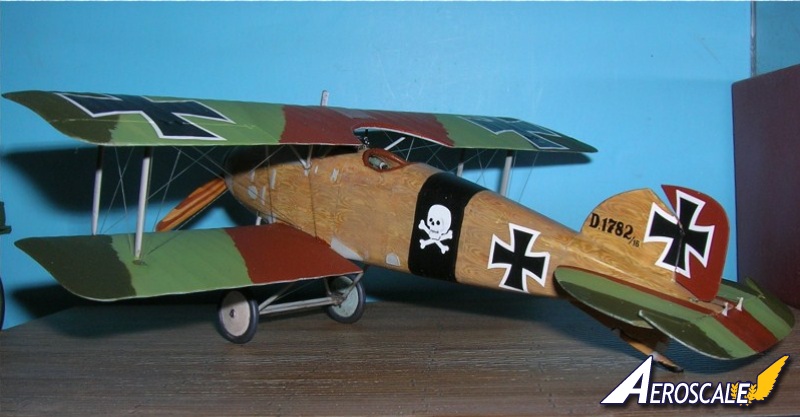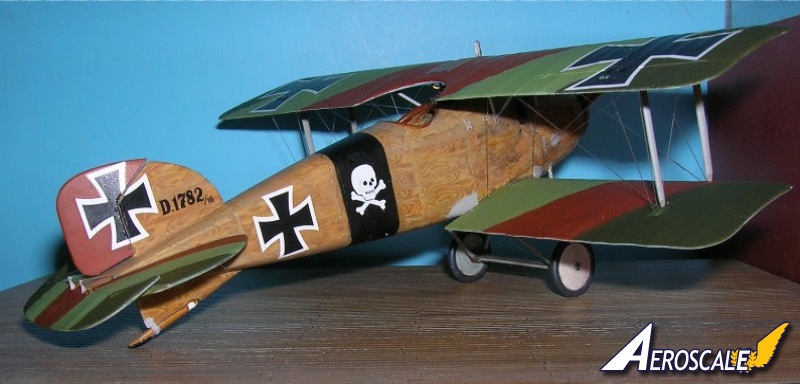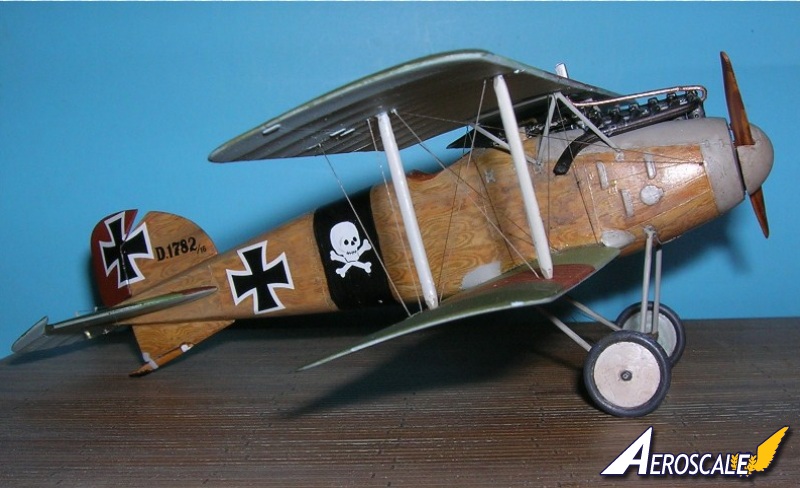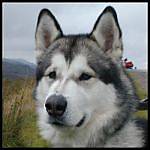Now, lets discuss the German "Death's Head".

"Use of the symbol as a military insignia began with the cavalry of the Prussian army under Frederick the Great. Frederick formed Husaren-Regiment Nr. 5 (von Rüsch), a Hussar regiment commanded by Colonel von Rüsch. These Hussars adopted a black uniform with a Totenkopf emblazoned on the front of their mirlitons and wore it on the field in the War of Austrian Succession and in the Seven Years' War.
In 1808, when the regiment was reformed into Leib-Husaren Regiments Nr.1 and Nr.2, the Totenkopf remained a part of the uniform. During the Napoleonic Wars, when Frederick William, Duke of Brunswick-Wolfenbüttel, was killed in battle, his troops changed the colour of their uniforms to black, with a Totenkopf on their shakos in mourning their dead leader (Other sources claim that the "Black Brunswickers" were so equipped while Friedrich Wilhelm of Brunswick lived, as a sign of revenge on the French.
The "death's head" continued to be used throughout the Prussian and Brunswick Armed forces until 1918, and some of the stormtroopers that led the last German offensives on the Western Front in 1918 used Death's Head badges . . ."
It is applicable to my builds here as Both the Gavia Alb. D.I kit and the Eduard Alb. D.II offer profiles with the "Deaths head". I chose to build these kits with these profiles.
